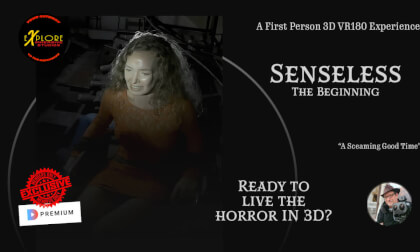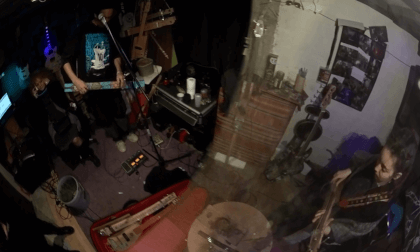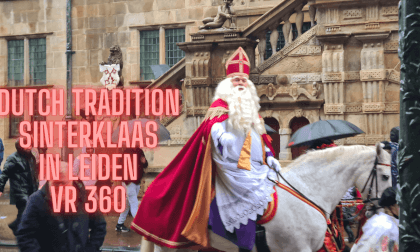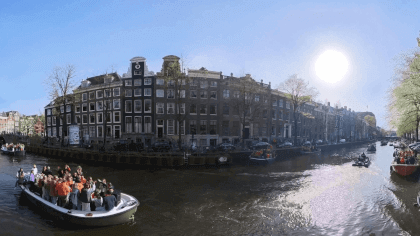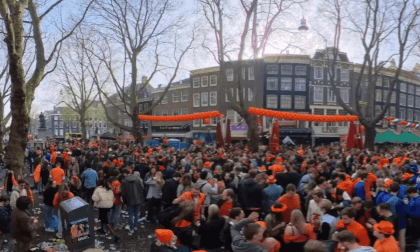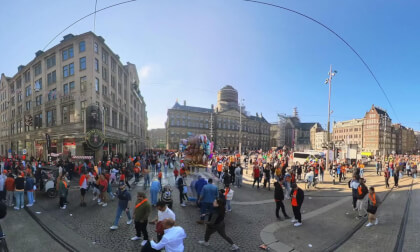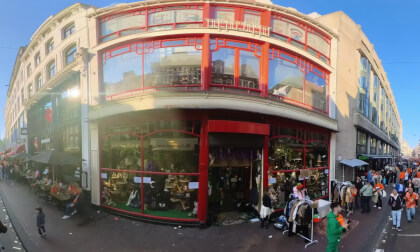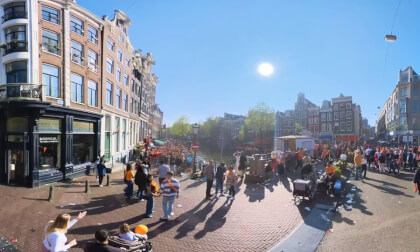
New: AI passthrough!
This amazing Deo feature uses the power of AI to turn every VR scene into AR passthrough! Now you can take characters out of VR and have them right there with you - as if they were in the same room.
Notice: AI Passthrough is presently in beta mode, and as such, users may encounter occasional service imperfections. The feature is currently exclusive to the DeoVR app, but it will soon be accessible on both browsers and mobile devices. Your feedback is highly encouraged and appreciated.
Recommended headsets:
Meta Quest 3, and Quest Pro with stereoscopic color passthrough, Pico 4 (monoscopic color passthrough).
Compatible headsets:
Quest 2, Valve Index (monoscopic black and white passthrough).
Passthrough is not compatible yet for Oculus Link cable.
Check out our complete guide to passthrough and join in the discussion at our busy forum.
The tradition of Sinterklaas dates back to the 12th century, when a bishop named Nicholas of Myra was said to have performed many miracles, including saving the lives of three young boys who had been kidnapped and locked in a barrel. Nicholas was later canonized as a saint, and his feast day, December 6, became a popular day for gift-giving in the Netherlands and Belgium.
Over time, the tradition of Sinterklaas evolved, and he became the jolly, white-bearded figure that we know today. He is typically depicted wearing a red robe and a bishop\\\'s mitre, and he carries a staff and a sack full of gifts. Sinterklaas is accompanied by the Zwarte Pieten, who are mischievous helpers who are often depicted as being black-faced.
The tradition of Sinterklaas is still very popular in the Netherlands and Belgium today. On the eve of December 5, children put out their shoes by the fireplace, and Sinterklaas fills them with gifts. The next morning, children wake up to find their shoes filled with presents, and they celebrate the holiday with their families.

